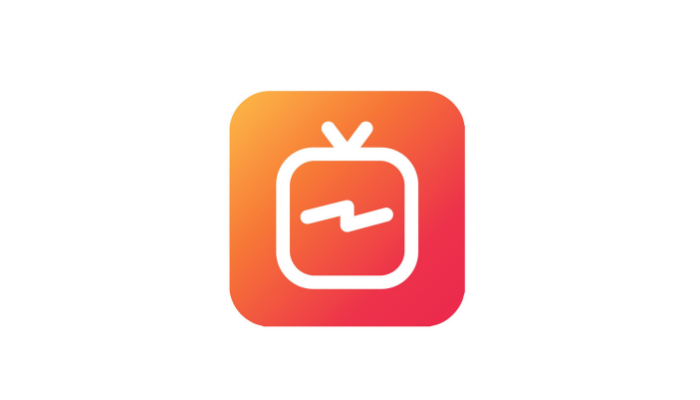IGTV was released this summer. When a new social media option is unveiled, the reactions are often polarized. On the one hand, it’s exciting. For marketers, a new platform means there’s an unprecedented and unique opportunity to connect meaningfully with target audiences. But that also means a lot of work and, potentially, a dilution of current efforts.
When small or medium-sized businesses strive to maintain an active presence on all the platforms, they often spread themselves too thin. Adapting new content for different platforms and migrating libraries of existing evergreen content can prove to be a hassle. Additionally, each new platform threatens to destabilize the status quo. If you haven’t found your footing, this represents a great opportunity. But if you’ve slaved away to build up a YouTube following, a mass migration of video watchers over to IGTV is not necessarily in your best interests.
Related: The Do’s And Don’ts Of Video Marketing
Social media platforms have long defined themselves by arbitrary, self-imposed limitations. Twitter originally capped characters at 140 before expanding to 280 characters. Instagram forced sweeping vistas into squares. IGTV now permits users to upload vertical videos up to 10 minutes in length, and it extends that running time for verified or popular users.
So far, successful IGTV channels tend to have two prominent characteristics: they appeal to young people, and they strive for authenticity.
Case in point: BuzzFeed. With 4.2 million followers, the media and news company has found success with the IGTV platform. However, the news it offers on that platform is, shall we say, soft.
A recent video, titled “Gross AF Date Stories,” features a young woman recounting the story of how she compulsively bit her nails and inadvertently ripped one off during an intimate moment with her boyfriend, while in high school.
Another video, “Melting 100 Chocolate Bars,” is exactly what it sounds like — it’s the thorough documentation of the melting and recombination of candy bars. The video contains quick cuts, split-screen editing, and random on-screen hashtags.
IGTV is also well populated by how-to videos, with photogenic influencers covering topics like makeup, and fashion. In contrast, YouTube is investing in the large-scale production of original TV shows, rivaling the likes of Netflix and Amazon.
Related: With AM2DM, BuzzFeed Reinvents the Broadcast Journalism Wheel
Although some of the highly-viewed videos on IGTV may seem superficial, the platform can’t be readily dismissed. It offers a clear opportunity to attract a young demographic. Armed with nothing more than an iPhone, anyone can build a brand, seamlessly connect with that audience, and monetize their influence. By allowing up to 60 minutes from verified users, IGTV is also pushing notoriously limited attention spans to see how far they can go.
When Instagram launched IGTV, it chose to highlight two influencers in its press release. This offers a glimpse into the company’s original vision for IGTV content. After pointing out that Instagram now has a global community of one billion users, the company stated: “We’re announcing our most exciting feature to date: IGTV, a new app for watching long-form, vertical video from your favorite Instagram creators, like LaurDIY posting her newest project or King Bach sharing his latest comedy skit.” The former is a self-described “DIY-obsessed bestie that is all about creativity, glitter & petting dogs.”
The latter is a comedic internet personality.
For marketers intimidated by IGTV and the uncertainties of an influencer marketing campaign, there are still conventional advertising options on Instagram.
“If you can situationally make it really clear who the video is for and why they should stick around, then those who stick around could be an incredible audience,” Matthew Hunt, a startup advisor, told DMN.
Custom retargeting options, based on video likes, further enhance those results.
“If someone watches 75 percent of [a video], they’re really engaged,” explained Hunt. “And what’s cool is you can actually create exclusions and inclusions on future ads, based on those audiences. So those that only watched the three seconds probably were not that engaged. You can exclude them.”







